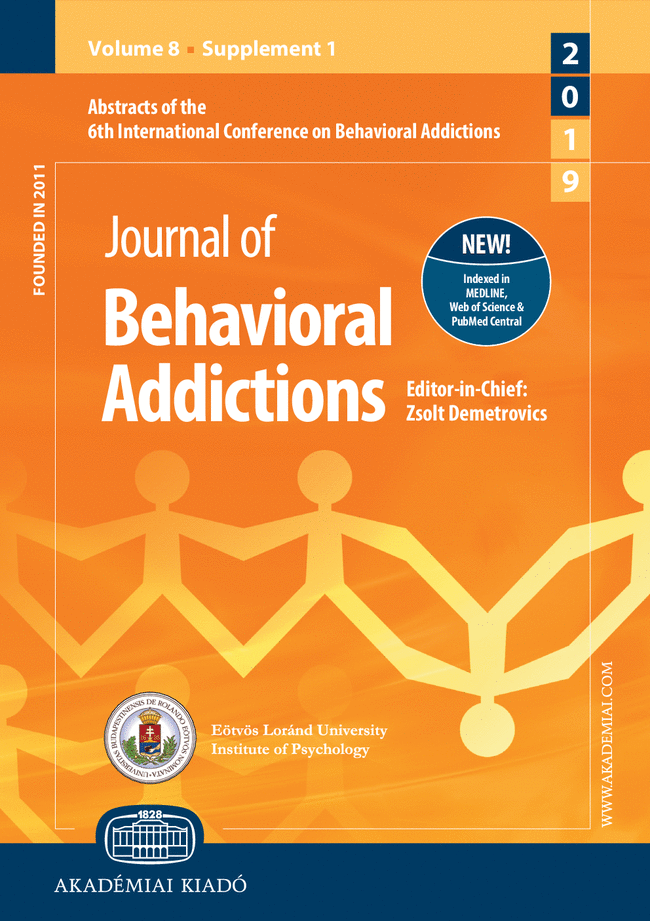Exercise addiction and its related factors in amateur runners
Exercise addiction and its related factors in amateur runners
Author(s): Andrea Lukacs, Péter Sasvári, Beatrix Varga, Krisztina MayerSubject(s): Behaviorism
Published by: Akadémiai Kiadó
Keywords: exercise addiction; amateur runners; loneliness; anxiety; time spent running
Summary/Abstract: Background and aims. This study examines exercise addiction (EA) in amateur runners from a multidimensional approach, including demographics (age, sex, educational attainment, and financial situation), training factors (duration of running activity, weekly time spent running, mean workout distance per session, other sports activities, and childhood physical activity), psychological features (perceived health, life satisfaction, loneliness, stress, anxiety, depression, body shape, and eating disorders), and anthropometrics (body mass index) that might predict EA. Methods. The well-validated Exercise Dependence Scale (EDS) was applied to evaluate the prevalence of EA in amateur runners. A multinomial logistic regression was performed to find explanatory variables of risk of EA using the SPSS 24.0 statistical software. Results. A total of 257 runners (48.9% females, Mage = 40.49, SD = 8.99 years) with at least 2 years running activity participated in an anonymous questionnaire survey. About 53.6% of respondents were characterized as non-dependent symptomatic and 37.8% as non-dependent asymptomatic. About 8.6% had prevalence of being at risk of EA. The logistic regression model displayed five variables that significantly predicted the risk of EA: (a) anxiety, (b) loneliness, (c) weekly time spent running, (d) childhood physical activity, and (e) education level. Discussion and conclusions. Findings indicate that loneliness and anxiety may lead to withdrawal and uncontrolled behavior that in turn leads to increased amount of exercise in amateur runners. Lower level of education attainment is also a likely risk of EA development, and childhood sports activity is a predictor.
Journal: Journal of Behavioral Addictions
- Issue Year: 8/2019
- Issue No: 2
- Page Range: 343-349
- Page Count: 7
- Language: English

